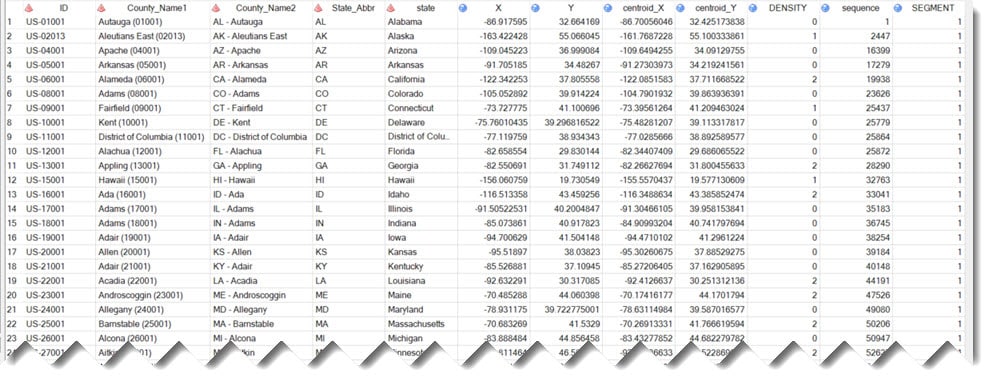


aureus and MRSA prevalence in stool will be similar to what has been reported previously in the literature. aureus and MRSA in human stool samples at a large university hospital, to characterize the identified isolates by molecular methods, and to assess potential risk factors for intestinal carriage. The objectives of this study were to determine the prevalence of S. aureus gastrointestinal carriage may be an overlooked reservoir, contributing to hospital infection and transmission. Screening for gastrointestinal carriage has been shown to identify colonized patients who would have been otherwise missed. aureus infections and gastrointestinal carriage of MRSA has been associated with nosocomial antibiotic-associated diarrhea. Rectal carriers have been found to be at increased risk of developing S. aureus (MRSA) intestinal colonization, may be more common than previously thought and has been shown to be clinically important. aureus, an in particular methicillin-resistant S. aureus in the intestines of healthy humans as well as the intestines of hospitalized patients. However, other extra-nasal body sites, including the gastrointestinal tract, are known to harbor S. aureus colonization and is the best-studied. Nasal carriage is considered to be the most important site of S. Staphylococcus aureus is a commensal bacterium and important cause of healthcare-associated infections. aureus was identified from the stool of patients at the University of Iowa Hospitals and Clinics, with a large number of those isolates being resistant to antibiotics and may serve a reservoir for subsequent infections as well as asymptomatic transmission. No other variables were significantly associated with increased odds of colonization. In the nested study, having a disease or condition of the gastrointestinal tract significantly increased the odds of intestinal colonization (OR: 1.96, 95% CI: 1.04–3.7 aOR: 13.9, 95% CI: 1.67–115.7). All isolates were susceptible to vancomycin, daptomycin, linezolid, and quinupristin-dalfopristin. A high number of isolates were resistant to multiple antibiotics including oxacillin (43.1%), erythromycin (51.7%), and levofloxacin (41.4%). One isolate was positive for the PVL gene. Out of 625 patients included in the final study, 58 were positive for S. Medical record abstractions were done to identify risk factors for intestinal colonization in the nested study. A nested case-control study was done on a subset of patients with all colonized patients defined as cases and non-colonized controls. PVL PCR, spa typing, and antimicrobial sensitivity testing were also done. Methicillin-resistance was determined via PCR of the mecA gene. aureus was identified using traditional culture methodologies. MethodsĪ cross-sectional study of 781 specimens from inpatients and outpatients at the University of Iowa Hospitals and Clinics Clinical Microbiology Laboratory was conducted.

The second objective of this research was to determine risk factors associated with S. aureus colonization of patients at a large teaching hospital and determine the molecular characteristics of the identified strains. Notice that you cannot decrement "tomorrow" by a millisecond to get the highest time of a given date because SQL Server stores time in the datetime datatype accurate only to the 1/300th of a second.To determine the prevalence of intestinal S. If you absolute MUST set a datetime datatype to the highest time possible on a particular date a good way of doing it is something like: selectĭateadd(ms, -3, dateadd(day, datediff(day, 0, getdate()), 1)ĭateadd(ms, -1, dateadd(day, datediff(day, 0, getdate()), 1) + Use the beginning of the NEXT DATE as the upper bound + Use a strictly less than comparator for the end date/time + Use a greater than or less than comparator for the start date/time + This is intended for the datetime datatype and not for the date datatype Select * from myTable where and DateField and DateField where clause outlines a good approach for date ranges using the datetime datatype when the range is for whole days: The solution for time related problems is to never use between, but rather


 0 kommentar(er)
0 kommentar(er)
